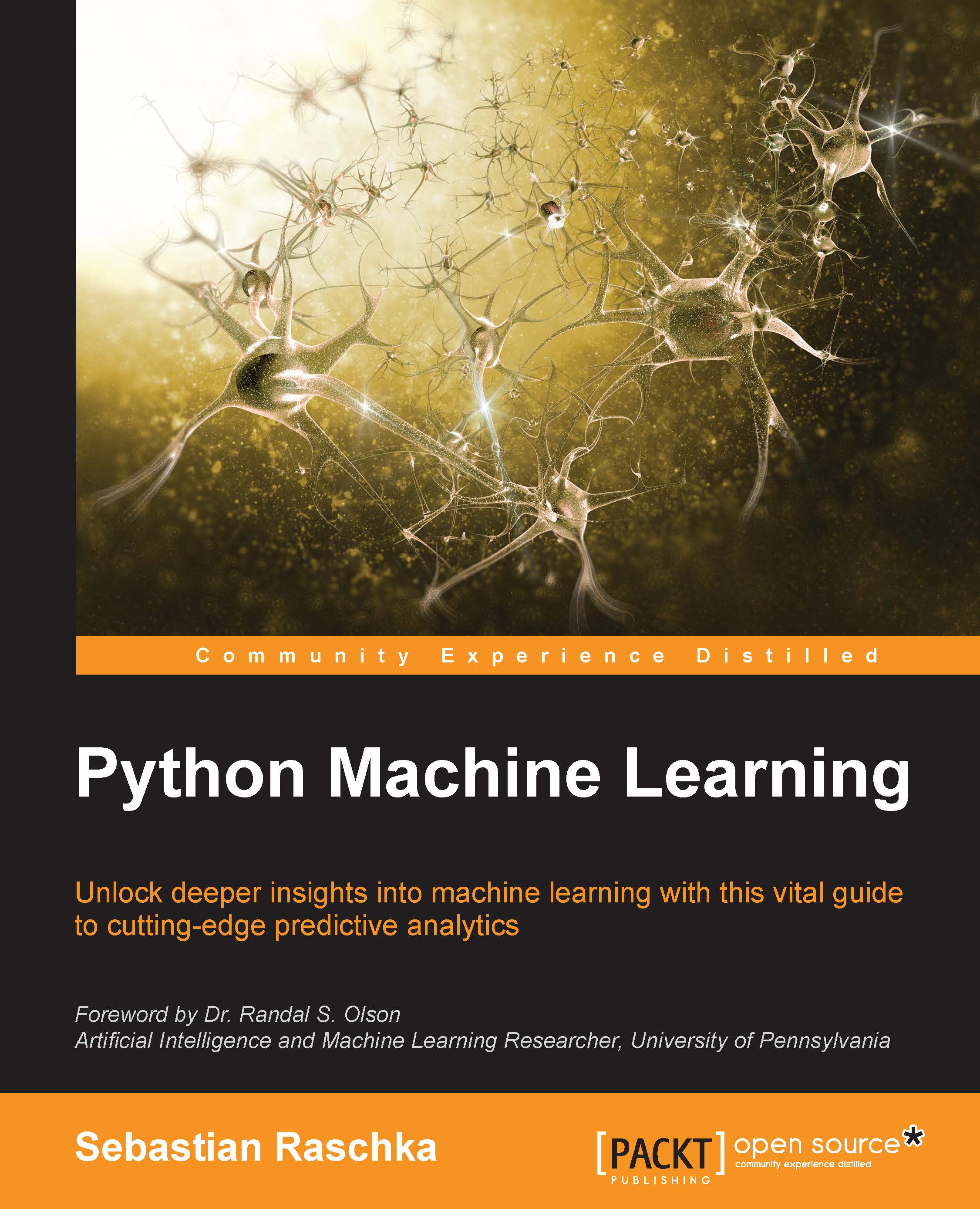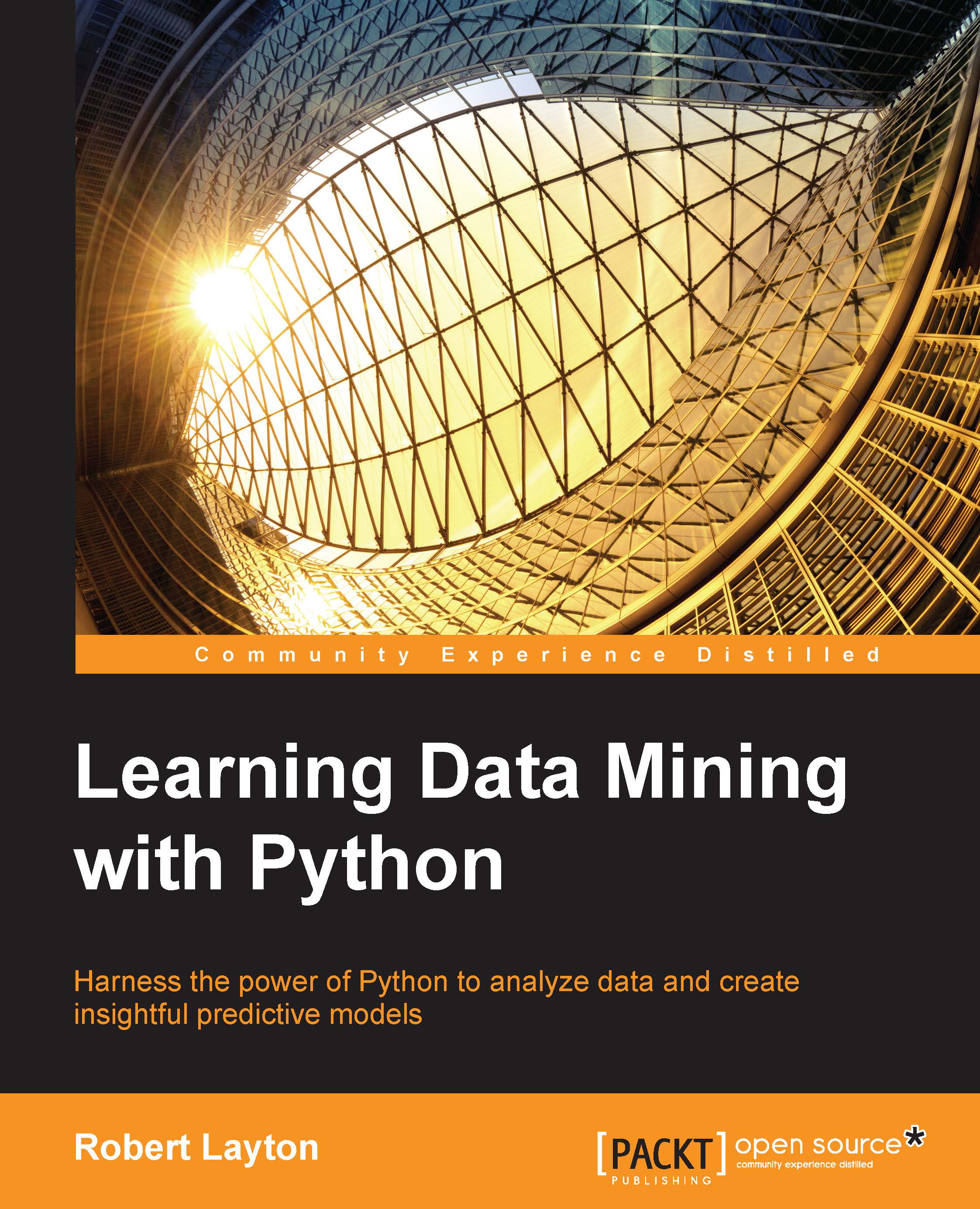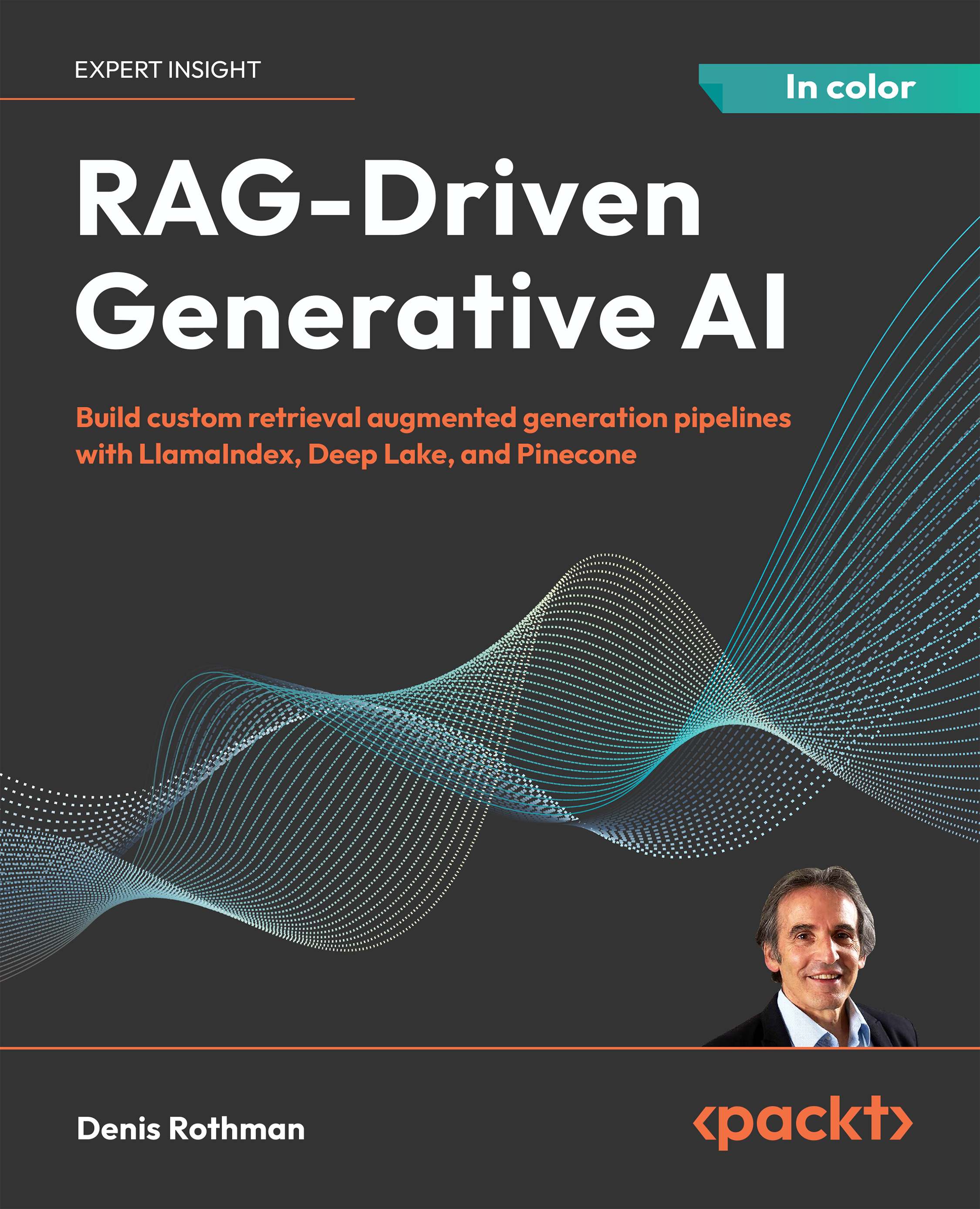Installing Python packages
Python is available for all three major operating systems—Microsoft Windows, Mac OS X, and Linux—and the installer, as well as the documentation, can be downloaded from the official Python website: https://www.python.org.
This book is written for Python version >= 3.4.3, and it is recommended you use the most recent version of Python 3 that is currently available, although most of the code examples may also be compatible with Python >= 2.7.10. If you decide to use Python 2.7 to execute the code examples, please make sure that you know about the major differences between the two Python versions. A good summary about the differences between Python 3.4 and 2.7 can be found at https://wiki.python.org/moin/Python2orPython3.
The additional packages that we will be using throughout this book can be installed via the pip installer program, which has been part of the Python standard library since Python 3.3. More information about pip can be found at https://docs.python.org/3/installing/index.html.
After we have successfully installed Python, we can execute pip from the command line terminal to install additional Python packages:
Already installed packages can be updated via the --upgrade flag:
A highly recommended alternative Python distribution for scientific computing is Anaconda by Continuum Analytics. Anaconda is a free—including commercial use—enterprise-ready Python distribution that bundles all the essential Python packages for data science, math, and engineering in one user-friendly cross-platform distribution. The Anaconda installer can be downloaded at http://continuum.io/downloads#py34, and an Anaconda quick start-guide is available at https://store.continuum.io/static/img/Anaconda-Quickstart.pdf.
After successfully installing Anaconda, we can install new Python packages using the following command:
Existing packages can be updated using the following command:
Throughout this book, we will mainly use NumPy's multi-dimensional arrays to store and manipulate data. Occasionally, we will make use of pandas, which is a library built on top of NumPy that provides additional higher level data manipulation tools that make working with tabular data even more convenient. To augment our learning experience and visualize quantitative data, which is often extremely useful to intuitively make sense of it, we will use the very customizable matplotlib library.
The version numbers of the major Python packages that were used for writing this book are listed below. Please make sure that the version numbers of your installed packages are equal to, or greater than, those version numbers to ensure the code examples run correctly:
- NumPy 1.9.1
- SciPy 0.14.0
- scikit-learn 0.15.2
- matplotlib 1.4.0
- pandas 0.15.2
 United States
United States
 Great Britain
Great Britain
 India
India
 Germany
Germany
 France
France
 Canada
Canada
 Russia
Russia
 Spain
Spain
 Brazil
Brazil
 Australia
Australia
 Singapore
Singapore
 Canary Islands
Canary Islands
 Hungary
Hungary
 Ukraine
Ukraine
 Luxembourg
Luxembourg
 Estonia
Estonia
 Lithuania
Lithuania
 South Korea
South Korea
 Turkey
Turkey
 Switzerland
Switzerland
 Colombia
Colombia
 Taiwan
Taiwan
 Chile
Chile
 Norway
Norway
 Ecuador
Ecuador
 Indonesia
Indonesia
 New Zealand
New Zealand
 Cyprus
Cyprus
 Denmark
Denmark
 Finland
Finland
 Poland
Poland
 Malta
Malta
 Czechia
Czechia
 Austria
Austria
 Sweden
Sweden
 Italy
Italy
 Egypt
Egypt
 Belgium
Belgium
 Portugal
Portugal
 Slovenia
Slovenia
 Ireland
Ireland
 Romania
Romania
 Greece
Greece
 Argentina
Argentina
 Netherlands
Netherlands
 Bulgaria
Bulgaria
 Latvia
Latvia
 South Africa
South Africa
 Malaysia
Malaysia
 Japan
Japan
 Slovakia
Slovakia
 Philippines
Philippines
 Mexico
Mexico
 Thailand
Thailand

















